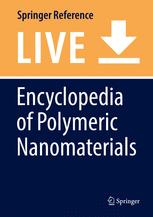- Joined
- Sep 21, 2018
- Messages
- 6,675
- Reaction score
- 7,170
I just figured a polyquat is a polyquat is an algecide.I did look at it.
The polyquat algaecides didn't show any reduction in aragonite cloudiness that I could measure in a cuvette.
(I also cultured up a cloudy bacterial bloom and then killed it with heat and couldn't measure any removal of cloudiness with the algaecides.)
That doesn't mean it wouldn't be detectable clearer through 2 ft of tank water, but in ~1cm nothing I could quantify.
I also didn't think to compare to the Seachem Clarity etc polymers like polyDADMAC specifically for clarifying.
I didn’t realize polyDADMAC was Clarity. I have a small bottle of the brown liquid. It didn’t do anything to calcium carbonate cloudiness that was obvious, though in retrospect, I did not give it a disciplined test. Maybe I will give it a try and also see if it kills algae.



















